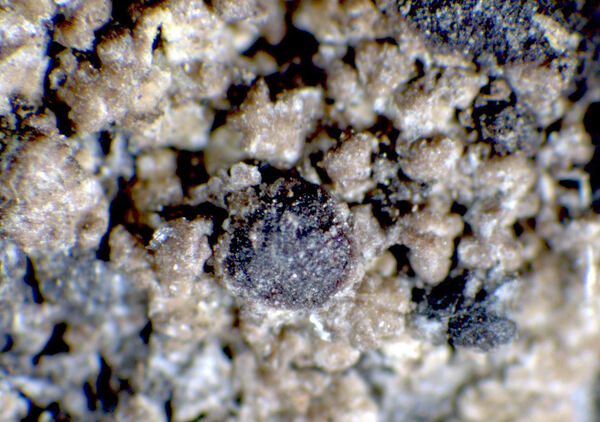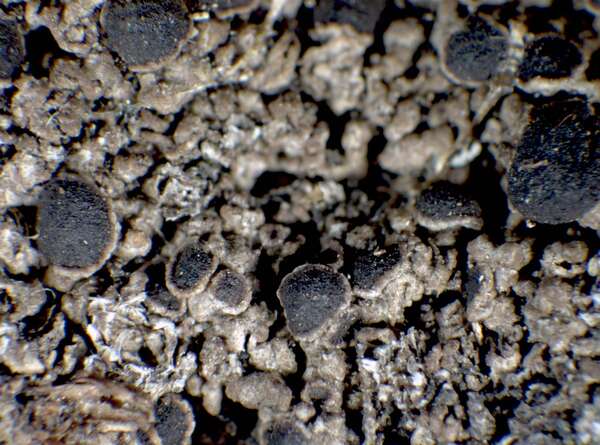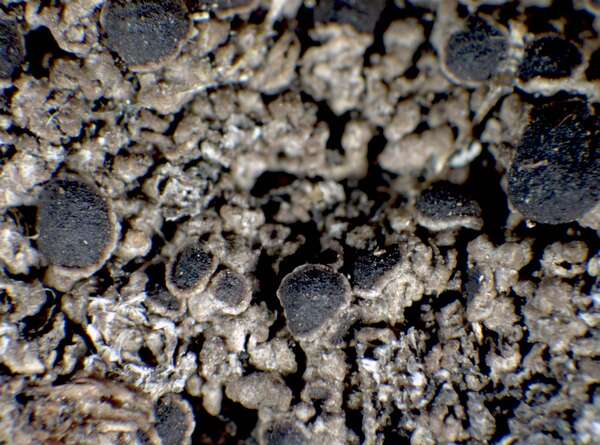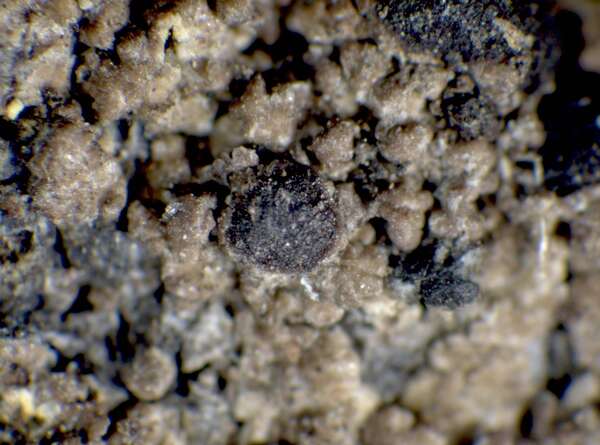Rinodina mniaroea (Ach.) Körb.
Syst. Lich. Germ.: 126, 1855. Basionym: Lecanora mniaroea Ach. - Syn. Meth. Lich.: 339, 1814.
Synonyms: Pachysporaria mniaraea (Ach.) M. Choisy; Rinodina mniaraea (Ach.) Körb.; Rinodina mniaraea f. amniocola (Ach.) Arnold; Rinodina mniaraea var. normalis Th. Fr.
Distribution: N - Frl (Tretiach & Hafellner 2000), Ven (Nimis 1994), TAA (Bilovitz & al. 2014, 2014b, Obermayer 2020, Nascimbene & al. 2022), Lomb, Piem (Isocrono & al. 2004), VA. C - Mol (Nimis & Tretiach 2004, Caporale & al. 2008).
Description: Thallus crustose, episubstratic, more or less continuous to verrucose, grey, ochraceous to reddish brown, rugose, without a distinct prothallus. Medulla white, without crystals. Apothecia lecanorine, 0.7-1.5 mm across, usually crowded, adnate to sessile, with a dark brown to black-brown, sometimes pruinose, flat to convex disc, a thin, entire, prominent, usually persistent thalline margin, and often a distinct parathecial ring. Thalline exciple 70-100 μm wide laterally, indistinctly corticate, overlain by an epinecral layer; proper exciple colourless, (10-)15-30 µm wide laterally, expanding to (25-)40-60(-70) µm at periphery; epithecium brownish orange; hymenium colourless, 80-150(-170) μm high; paraphyses coherent, 2-3 µm thick at mid-level, the apical cells 4.5-5.0(-6) µm wide; hypothecium colourless to pale brown, (80-)120-250 μm high, inspersed with oil droplets, especially in older apothecia. Asci 8-spored, clavate, the K/I+ blue tholus penetrated by a faintly amyloid apical cushion with parallel or diverging flanks, the wall K/I-, surrounded by a K/I+ blue outer layer, Lecanora-type. Ascospores 1-septate, often with slightly unequal cells, brown, ellipsoid, 20-35 x 9-15 μm, Physcia-type, with a well-developed torus and smooth walls, the ontogeny of type A (apical wall thickening after septum formation). Pycnidia dark, immersed. Conidia bacilliform, 4-5 μm long. Photobiont chlorococcoid. Spot tests: K-, C-, KC-, P-, UV-. Chemistry: with variable amounts of variolaric acid and an unidentified terpenoid.Note: an arctic-alpine, circumpolar species found on soil, mosses, and plant debris in tundra-like environments, mainly over subacid substrata, reaching the nival belt in the Alps. For further details see Resl & al. (2016).
Growth form: Crustose
Substrata: soil, terricolous mosses, and plant debris
Photobiont: green algae other than Trentepohlia
Reproductive strategy: mainly sexual
Commonnes-rarity: (info)
Alpine belt: very common
Subalpine belt: rather common
Oromediterranean belt: absent
Montane belt: absent
Submediterranean belt: absent
Padanian area: absent
Humid submediterranean belt: absent
Humid mediterranean belt: absent
Dry mediterranean belt: absent
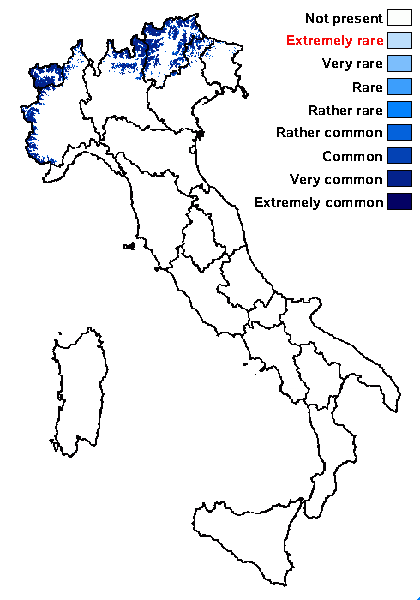
Predictive model
Herbarium samples
Growth form: Crustose
Substrata: soil, terricolous mosses, and plant debris
Photobiont: green algae other than Trentepohlia
Reproductive strategy: mainly sexual
Commonnes-rarity: (info)
Alpine belt: very common
Subalpine belt: rather common
Oromediterranean belt: absent
Montane belt: absent
Submediterranean belt: absent
Padanian area: absent
Humid submediterranean belt: absent
Humid mediterranean belt: absent
Dry mediterranean belt: absent

Predictive model
| Herbarium samples |
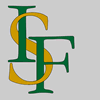 INDEX FUNGORUM
INDEX FUNGORUM
 GBIF
GBIF
 DOLICHENS
DOLICHENS
